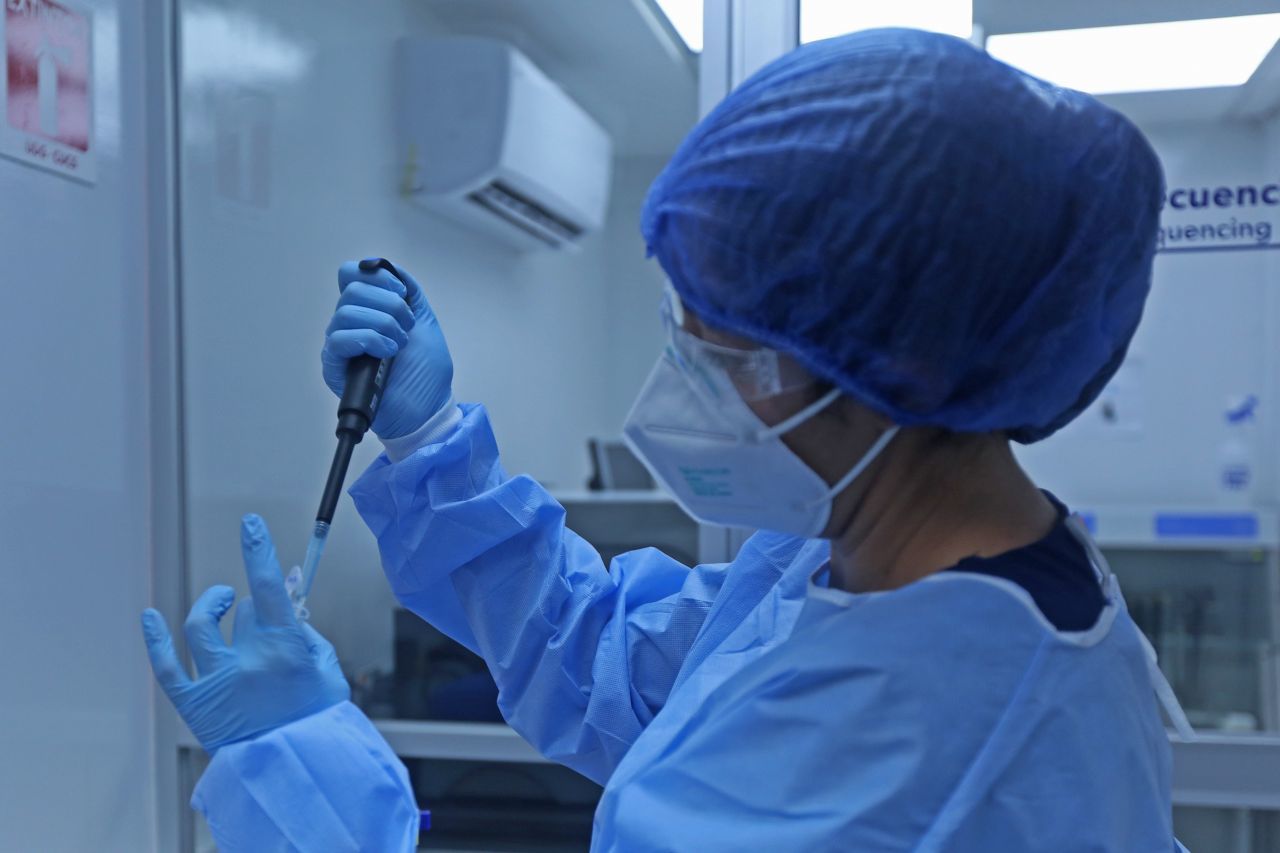An umbilical hernia occurs when a part of the intestine protrudes through the opening in the abdominal muscles near the belly button. Umbilical hernias are common and are generally harmless.
Umbilical hernias are more common in babies, but they can also affect adults. In a baby, an umbilical hernia may be more obvious when the baby cries, causing the belly button to stick out. This is a classic sign of an umbilical hernia.
Children’s umbilical hernias often close on their own in the first two years of life, although some remain open until the fifth year or longer. Umbilical hernias that appear in adulthood are more likely to need surgical repair.
An umbilical hernia causes a slight swelling or bulge near the belly button. In babies with an umbilical hernia, the bulge can only be seen when they cry, cough, or strain.
Umbilical hernias in children are usually painless. Umbilical hernias that appear in adulthood can cause abdominal discomfort.
If you suspect that your baby has an umbilical hernia, talk to the baby’s doctor. Seek emergency care if your baby has an umbilical hernia, in addition to the following:
seems to be in pain
start to vomit
You have tenderness, swelling, or discoloration at the hernia site
The guidelines for adults are similar. Talk to your doctor if you have a lump near your belly button. Seek emergency care if the lump becomes painful and tender to the touch. Prompt diagnosis and treatment can help you prevent complications.

Umbilical hernias are more common in children, especially premature babies and those with low birth weight. In the United States, African-American babies appear to be at slightly increased risk of umbilical hernias. The disorder affects boys and girls equally.
For adults, being overweight or having multiple pregnancies can increase the risk of developing an umbilical hernia. This type of hernia tends to be more common in women.
Umbilical hernia is diagnosed by physical examination. Imaging studies, such as an abdominal ultrasound or CT scan, are sometimes used to detect complications.

Most umbilical hernias in babies close on their own by the age of 1 or 2 years. The doctor may even push the bulge back into the abdomen during a physical exam. However, don’t try to do it yourself.
Although some people claim that a hernia can be fixed by sticking a coin over the bulge, don’t try it. Putting tape or an object over the bulge doesn’t help, and germs can collect under the tape, which could lead to an infection.
In the case of children, surgery is usually reserved for cases in which umbilical hernias have the following characteristics:
they are painful
They are slightly larger in diameter than 1/4 to 3/4 inch (1 to 2 centimeters)
They are large and do not decrease in size during the first two years of life.
They do not disappear by 5 years
They get trapped or block the intestine
In the case of adults, surgery is usually recommended to avoid possible complications, particularly if the umbilical hernia increases in size or causes pain.
During surgery, a small incision is made near the belly button. The tissue affected by the hernia is returned to the abdominal cavity, and the opening in the abdominal wall is closed with stitches. In adults, surgeons often use mesh to strengthen the abdominal wall.


